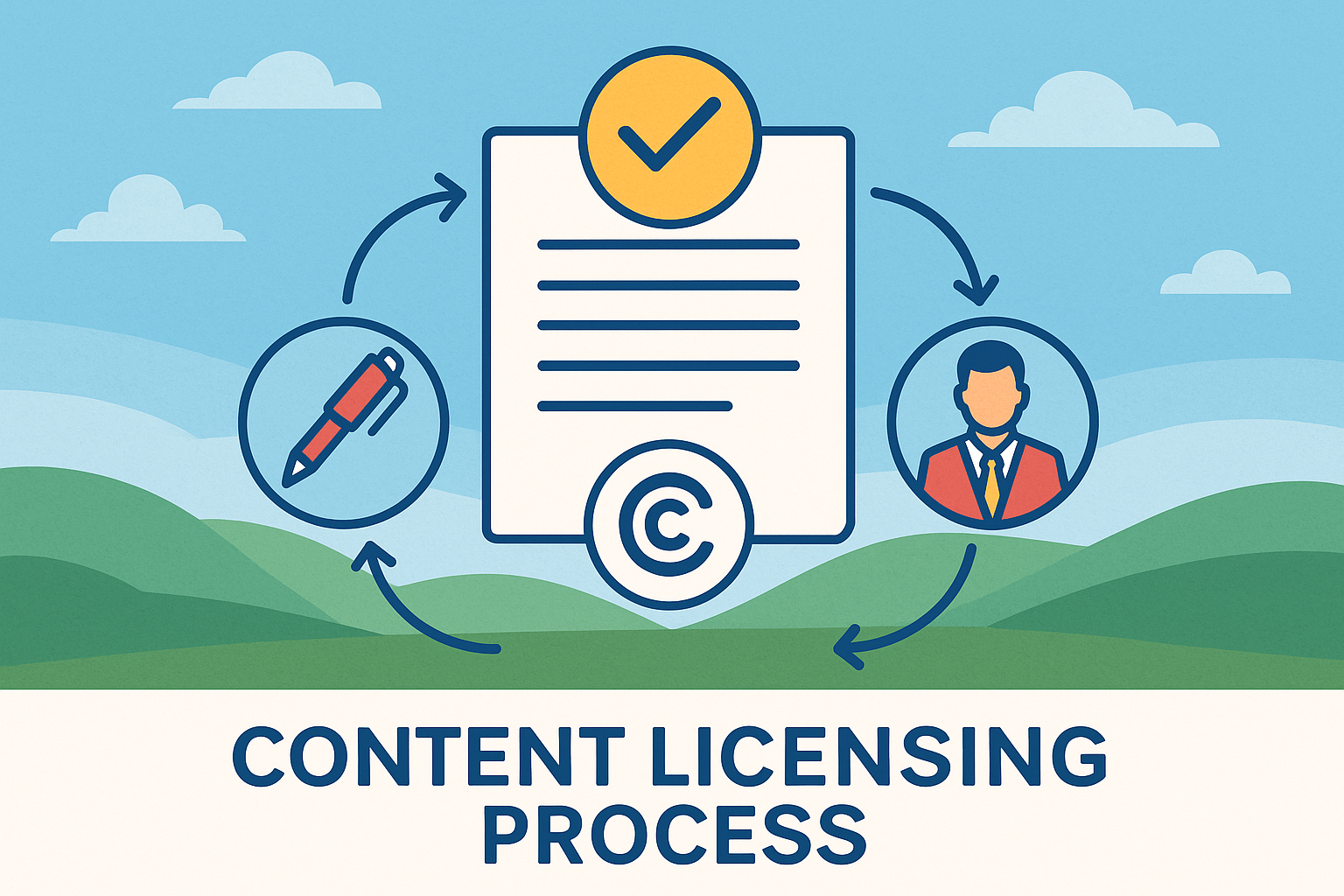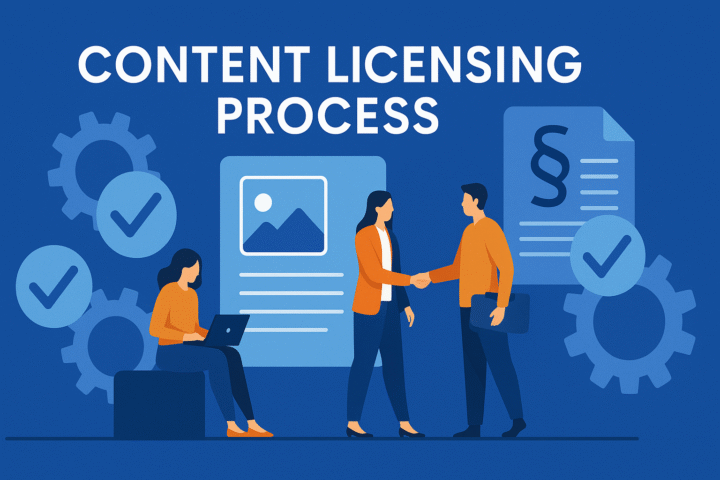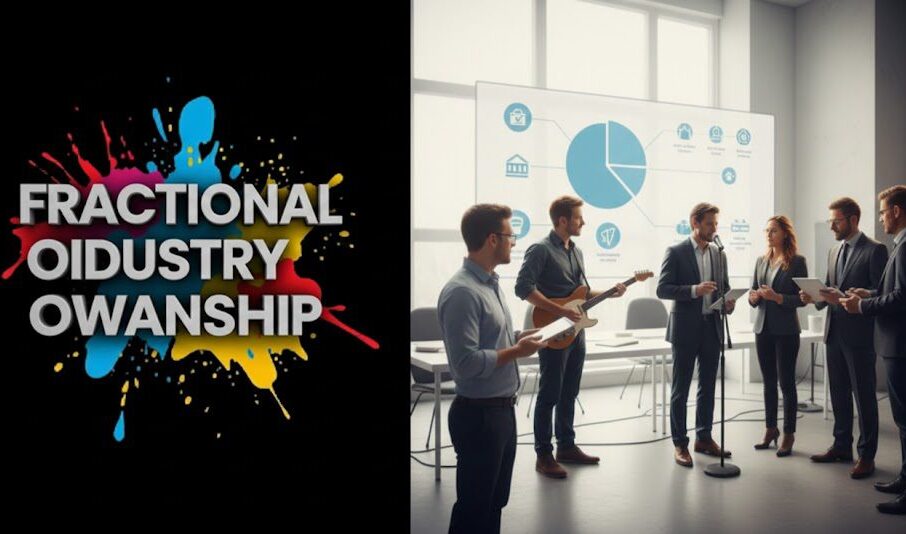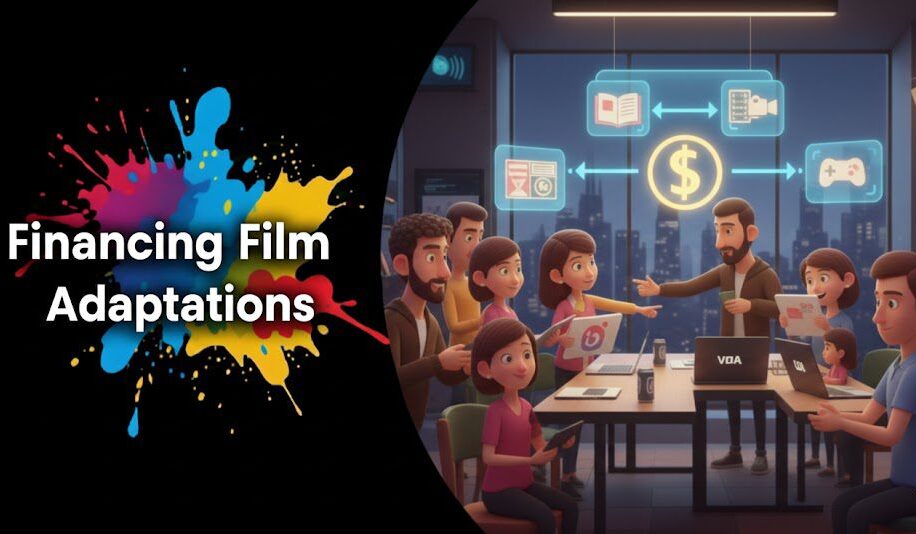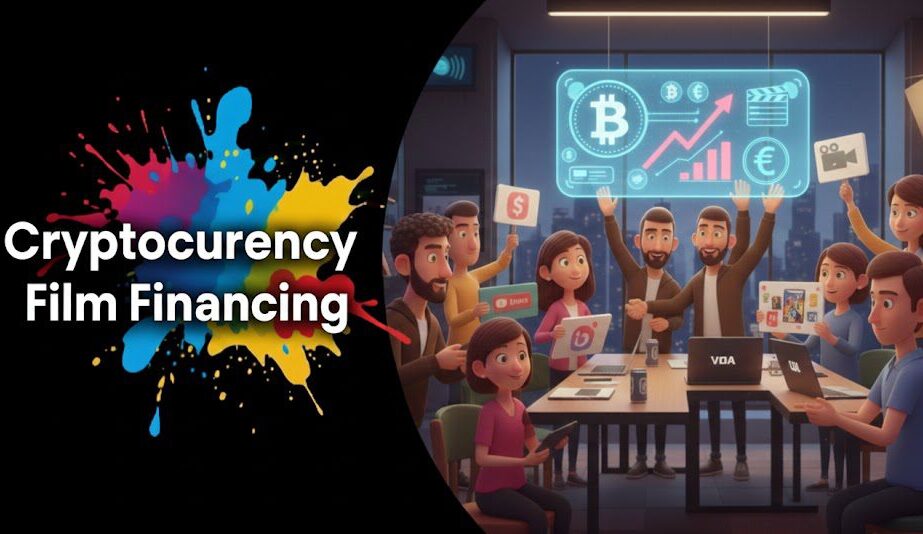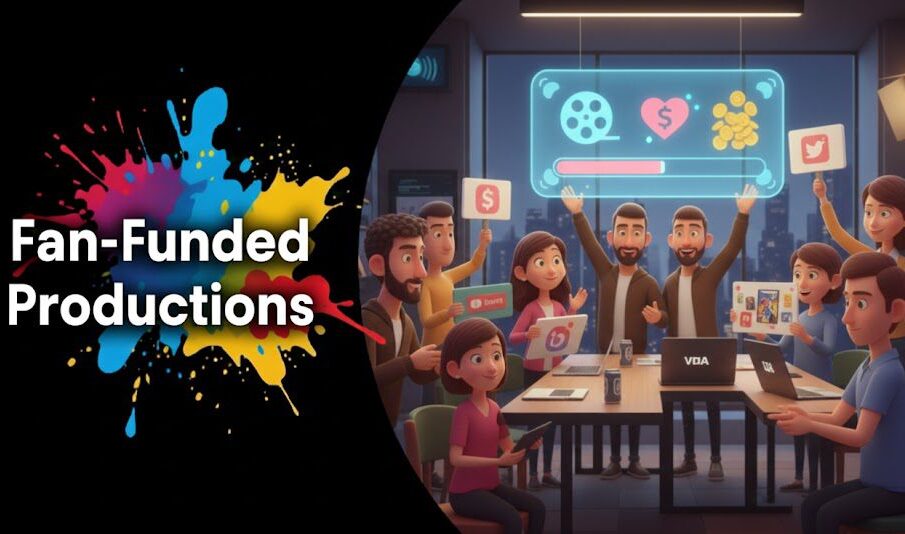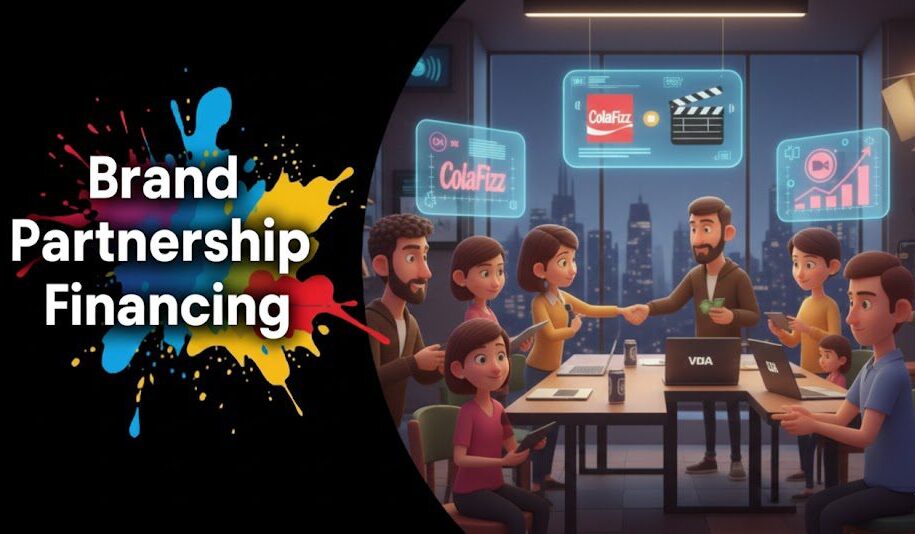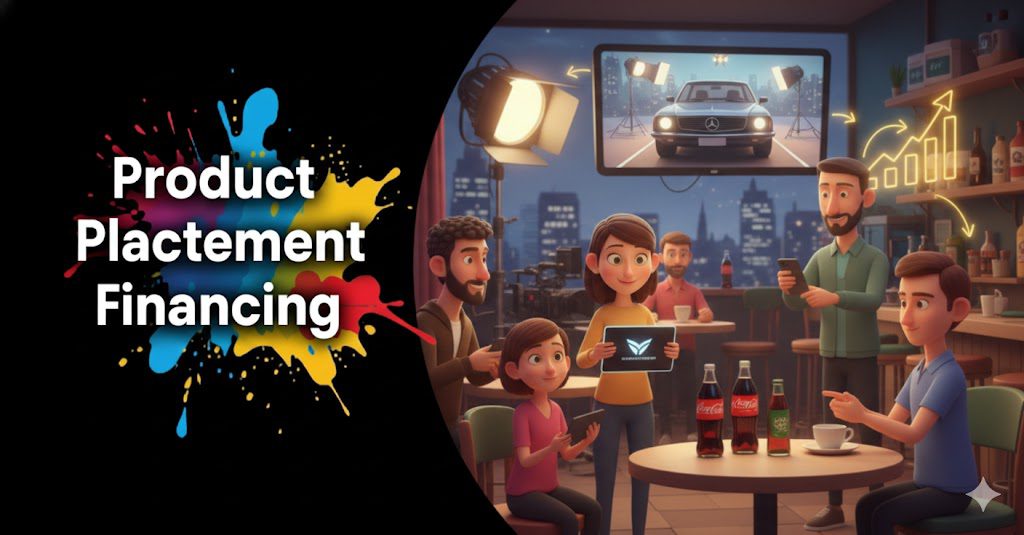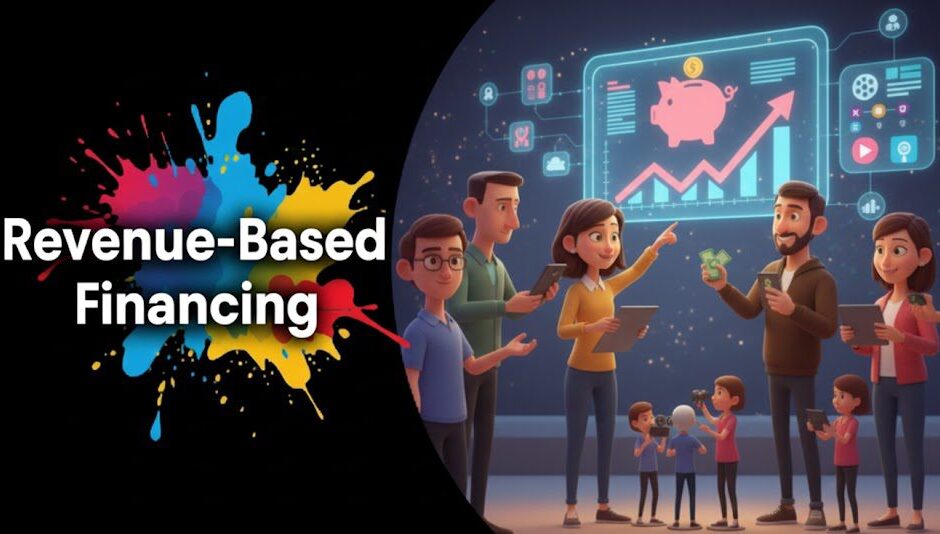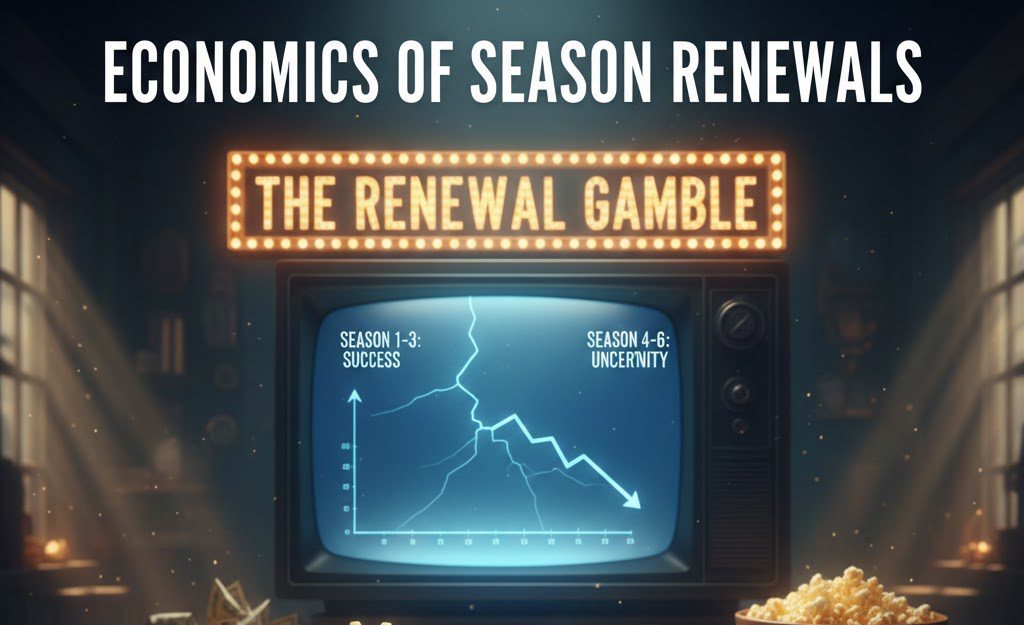Introduction
So, you’ve got amazing content to sell, or you’re a buyer on the hunt for the next hit to captivate your audience. But what actually happens between that initial idea and the content going live on a new platform? That journey is the content licensing process, a series of crucial steps that both buyers and sellers need to navigate. It might seem complicated from the outside, with its talk of rights, windows, and agreements. But don’t worry! This guide will demystify the content licensing process, breaking it down into clear, understandable stages. Whether you’re figuring out how to sell content rights or looking into TV show acquisition steps, understanding this workflow is key to successful deals in the media and entertainment industry. Let’s walk through it step-by-step.
Table of content
- Introduction
- Key-Takeaways
- Stage 1: Discovery and Sourcing – Finding the Right Match
- Stage 2: Evaluation and Initial Interest – Is It a Fit?
- Stage 3: Offer, Negotiation, and Term Sheet – Getting Down to Business
- Stage 4: Due Diligence – Checking All the Boxes
- Stage 5: The Agreement – Dotting the I’s and Crossing the T’s
- Stage 6: Content Delivery and Servicing – The Handover
- Stage 7: Launch and Ongoing Management – The Licensed Life
- Streamlining the Content Licensing Process
- Conclusion
- FAQs
Key Takeaways
| Process Stage | Key Activity for Buyers | Key Activity for Sellers |
|---|---|---|
| Discovery & Sourcing | Identifying suitable content based on audience needs and strategy. | Marketing content, attending markets, listing on platforms like Vitrina. |
| Evaluation & Interest | Screening content, assessing quality, and fit. Expressing initial interest. | Providing screeners and materials, gauging buyer seriousness. |
| Offer & Negotiation | Making an offer (often via term sheet), negotiating key terms (rights, fee, term). | Evaluating offers, negotiating for best value and terms. |
| Due Diligence | Verifying seller’s rights (chain of title), seller’s financial stability. | Verifying buyer’s capacity to pay and fulfill obligations. |
| Agreement & Legal | Reviewing and finalizing the detailed licensing agreement with legal counsel. | Drafting or reviewing the licensing agreement with legal counsel. |
| Delivery & Launch | Receiving and ingesting content materials, preparing for platform launch. | Delivering master files and associated assets as per agreement. |
| Ongoing Management | Monitoring content performance, fulfilling reporting/payment obligations. | Tracking license terms, royalty statements (if applicable), managing renewals. |
| Learn More | For a broader overview, see our Definitive Guide to Content Licensing. | |
Looking to Master Film or TV Show Acquisition?

Stage 1: Discovery and Sourcing – Finding the Right Match
The very first step in the content licensing process is all about connection: sellers need to get their content in front of potential buyers, and buyers need to find content that fits their needs. This stage sets the foundation for any future deal. For sellers, it means understanding how to sell content rights effectively. For buyers, it’s about developing a sharp eye for promising material within the vast content distribution lifecycle. This discovery phase can happen in many ways, from bustling industry markets to sophisticated online platforms.
For Sellers: Showcasing Your Content
If you’re a seller (a producer, distributor, or rights holder), your goal is to make your content visible and attractive to potential buyers. Key activities include:
- Preparing Marketing Materials: Creating compelling trailers, synopses, key art, cast/crew lists, and noting any awards or festival selections.
- Attending Content Markets: Events like MIPCOM, Cannes Film Market, or the American Film Market (AFM) are crucial for face-to-face meetings and showcasing new titles.
- Working with Sales Agents/Distributors: These partners can leverage their networks to pitch your content to a wider range of buyers.
- Utilizing Online Marketplaces: Listing your content on B2B platforms like Vitrina can expose it to a global audience of acquisition executives.
- Direct Outreach: Identifying and contacting platforms or broadcasters whose programming strategy aligns with your content.
For Buyers: Sourcing and Identifying Opportunities
If you’re a buyer (representing a TV network, streaming service, or distribution company), you’re looking for content that will resonate with your audience and meet your strategic goals. Key activities include:
- Defining Acquisition Strategy: Knowing what kind of content you need (genre, target demographic, budget, rights requirements).
- Scouting at Markets and Festivals: Actively looking for new films and series, attending screenings, and meeting with sellers.
- Using Discovery Platforms: Leveraging online tools and databases that allow you to search and filter available content based on specific criteria. This is a key part of modern TV show acquisition steps and the film licensing workflow.
- Monitoring Industry Trends: Keeping an eye on what’s popular, what competitors are acquiring, and emerging talent.
- Building Relationships: Maintaining connections with distributors, sales agents, and producers.
| Activity | Seller Focus | Buyer Focus |
|---|---|---|
| Industry Markets | Networking, pitching, showcasing content. | Scouting, screenings, meeting sellers. |
| Online Platforms | Listing catalog, increasing visibility. | Searching for specific content, discovering new titles. |
| Networking | Building relationships with buyers and agents. | Building relationships with sellers and distributors. |
Stage 2: Evaluation and Initial Interest – Is It a Fit?
Once a potential match is made during the discovery phase of the content licensing process, the next step is evaluation. Buyers need to take a closer look at the content to see if it truly meets their needs, while sellers try to gauge the seriousness of the buyer’s interest. This stage involves more detailed scrutiny than the initial scan. It’s where both sides start to determine if there’s a real possibility of a deal, forming a crucial part of the media licensing procedure.
For Buyers: Screening and Assessment
After identifying potentially suitable content, buyers undertake a thorough evaluation:
- Screening the Content: Watching the film, series episodes, or documentary to assess its quality, storytelling, production values, and performances.
- Audience Fit Analysis: Considering how well the content aligns with their target audience’s preferences and their platform’s brand.
- Competitive Analysis: Looking at whether similar content is already available on their platform or competitor platforms.
- Technical Review (Preliminary): A quick check for any obvious technical issues, though detailed technical QC comes later.
- Internal Discussions: Programming teams, acquisition executives, and sometimes marketing teams will discuss the content’s potential.
If the evaluation is positive, the buyer will typically express formal interest to the seller.
For Sellers: Providing Materials and Gauging Interest
When a buyer shows interest, the seller’s role is to facilitate the evaluation:
- Providing Secure Screeners: Offering access to view the content, often through secure online screening platforms.
- Sharing Supporting Information: Providing detailed synopses, cast and crew information, technical specifications, and any available press or festival materials.
- Answering Questions: Being responsive to any queries the buyer might have about the content or rights.
- Assessing Buyer Seriousness: Trying to understand how strong the buyer’s interest is and whether they are a good potential partner (e.g., reputation, financial stability).
This interaction helps both parties decide whether to proceed to the negotiation stage.
| Activity | Seller Focus | Buyer Focus |
|---|---|---|
| Content Access | Provides secure screeners. | Requests and views screeners. |
| Information Exchange | Shares detailed content information. | Reviews materials, asks clarifying questions. |
| Interest Assessment | Determines buyer’s genuine interest and fit. | Evaluates content quality, audience appeal, and strategic value. |
Stage 3: Offer, Negotiation, and Term Sheet – Getting Down to Business
This is where the content licensing process really heats up! If a buyer is genuinely interested after the evaluation, they’ll typically make an offer. This often starts with a “term sheet” or “deal memo,” which is a non-binding document outlining the main proposed terms of the license. Then, the negotiation begins. Both the buyer and seller will discuss, counter-offer, and work towards an agreement on all the key elements of the deal. This stage is critical in shaping the entire film licensing workflow or TV show acquisition steps and requires skill from both sides.
Key Elements Negotiated:
The core components discussed during this phase usually include:
- The Content: Specific titles, number of episodes, versions (e.g., theatrical cut, director’s cut).
- Rights Granted: What can the buyer do with the content? (e.g., SVOD, AVOD, linear broadcast, theatrical).
- Territory: The geographical area(s) where the rights apply.
- Term (License Period): How long will the license last?
- License Fee/Financial Model: The price and payment structure (e.g., flat fee, minimum guarantee, revenue share).
- Exclusivity: Will the rights be exclusive to the buyer in that territory/window, or non-exclusive?
- Delivery Materials & Date: What technical materials need to be delivered, and by when?
- Marketing Commitments: Any agreed promotional activities.
- Subtitling/Dubbing: Who is responsible for creating and paying for language versions if needed?
Negotiating these terms effectively is key to a successful media licensing procedure.
The Role of the Term Sheet
A term sheet (or Letter of Intent – LOI / Deal Memo) is a preliminary document that outlines the basic “major” terms of a proposed deal before the parties invest time and money into drafting a full-length, legally binding agreement. It’s usually non-binding (except for clauses like confidentiality or exclusivity during negotiation) but serves as a roadmap for the final contract. Agreeing on a term sheet means both parties are serious and have a mutual understanding of the core deal points. It’s a crucial step in how to sell content rights and how buyers secure them.
Tips for Effective Negotiation:
For both buyers and sellers:
- Do Your Homework: Understand the market value of the content and comparable deals.
- Know Your Priorities: What are your must-haves and where can you be flexible?
- Communicate Clearly: Be explicit about your needs and expectations.
- Be Prepared to Compromise: Licensing is often about finding a middle ground.
- Maintain Professionalism: Even if negotiations get tough, keep a respectful tone.
- Consider the Long-Term Relationship: A good deal can lead to future collaborations.
| Negotiation Aspect | Buyer’s Goal | Seller’s Goal |
|---|---|---|
| License Fee | Secure rights at a cost-effective price. | Maximize revenue for the content. |
| Rights Granted | Obtain broadest possible rights for their needs. | Grant specific rights to retain flexibility for other deals. |
| Term & Territory | Secure rights for an optimal period in key markets. | Balance deal length with future licensing opportunities. |
| Exclusivity | Often prefer exclusivity to differentiate. | Grant exclusivity strategically for higher fees. |
Want to Effectively Sell Your Content Rights?

Stage 4: Due Diligence – Checking All the Boxes
Once the main terms are agreed upon, often outlined in a term sheet, both parties enter the due diligence phase of the content licensing process. This is like doing your homework to make sure everything is as it seems before signing a binding contract. For the buyer, it’s about verifying that the seller truly owns the rights they claim to and that there are no hidden issues with the content. For the seller, it might involve checking the buyer’s ability to meet financial obligations. This is a critical risk-mitigation step in the content distribution lifecycle.
For Buyers: Verifying Rights and Materials
The buyer’s due diligence typically involves:
- Chain of Title Review: This is paramount. The buyer needs to see documentation proving the seller has clear and unencumbered rights to license the content. This includes verifying ownership of underlying works (e.g., book rights if it’s an adaptation), music rights, actor agreements, etc.
- Errors & Omissions (E&O) Insurance: Checking if the seller has E&O insurance, which protects against claims like defamation, invasion of privacy, or copyright infringement.
- Technical Material Inspection (Initial): A preliminary check of the quality of available master materials to ensure they meet technical specifications.
- Clearance Issues: Confirming that all necessary clearances (e.g., for logos, locations, personalities appearing in the content) have been obtained.
This step is crucial to avoid future legal headaches or discovering the content isn’t usable as expected.
For Sellers: Assessing Buyer Viability
While often less extensive, sellers may also conduct due diligence on the buyer, especially for deals involving significant revenue share or deferred payments:
- Financial Stability: Assessing the buyer’s ability to make agreed-upon payments.
- Reputation and Track Record: Considering the buyer’s history in the market and their treatment of licensed content.
- Platform Suitability: Ensuring the buyer’s platform aligns with the content’s brand and target audience, if this is a concern.
| Due Diligence Area | Buyer’s Concern | Seller’s Action/Provision |
|---|---|---|
| Chain of Title | Does the seller truly own the rights? | Provides all necessary ownership documentation. |
| E&O Insurance | Is there protection against legal claims? | Provides certificate of E&O insurance. |
| Technical Materials | Are the master files of acceptable quality? | May provide sample materials for inspection. |
Stage 5: The Agreement – Dotting the I’s and Crossing the T’s
With successful due diligence, the next stage in the content licensing process is formalizing everything into a legally binding contract. This is where lawyers from both sides typically take the lead, drafting, reviewing, and refining the “long-form agreement” based on the agreed term sheet. This document will be far more detailed, covering all aspects of the license with precise legal language. It’s a critical phase in any media licensing procedure, designed to protect both parties and provide clarity for the duration of the license.
Drafting and Reviewing the Long-Form Contract
The process usually involves one party’s legal team drafting the initial agreement, which is then sent to the other party for review. Key activities include:
- Incorporating Term Sheet Points: Ensuring all major deal points from the term sheet are accurately reflected.
- Adding Standard Legal Clauses: Including boilerplate clauses related to warranties, indemnities, confidentiality, termination, force majeure, governing law, etc.
- Defining Terms Precisely: Ensuring all terms (like “Net Receipts” in a revenue share, or specific technical delivery specs) are unambiguously defined.
- Multiple Rounds of Review: Lawyers and business principals on both sides will typically go through several rounds of comments and revisions (“redlines”) until all terms are mutually acceptable.
This can be a time-consuming part of the content licensing process.
Importance of Legal Counsel
Having experienced legal counsel specializing in media and entertainment law is invaluable for both buyers and sellers during this stage. Lawyers can:
- Protect their client’s interests and mitigate risks.
- Ensure the agreement is legally sound and enforceable.
- Clarify complex legal jargon.
- Advise on industry customs and best practices.
- Assist in negotiating final sticking points.
Attempting to navigate complex licensing agreements without legal expertise can be very risky.
| Agreement Component | Purpose | Common Focus Area |
|---|---|---|
| Grant of Rights Clause | Details exactly what rights are licensed. | Specificity of media, exclusivity, ancillary rights. |
| Payment & Reporting Clauses | Outlines financial obligations and reporting requirements. | Timing of payments, definition of revenues for royalties. |
| Warranties & Indemnities | Provides legal assurances and protection against claims. | Scope of indemnification, limitations of liability. |
| Termination Clause | Specifies conditions under which the deal can end. | Breach definitions, cure periods, consequences of termination. |
Stage 6: Content Delivery and Servicing – The Handover
Once the ink is dry on the licensing agreement, the next practical step in the content licensing process is the delivery of the content materials from the seller (licensor) to the buyer (licensee). This isn’t just about sending a file; it involves adhering to specific technical requirements outlined in the contract and ensuring the buyer receives everything they need to exploit the content as agreed. This stage is crucial for a smooth launch and is an important part of the film licensing workflow and broader media licensing procedure.
Technical Specifications and Master Materials
The licensing agreement will typically detail the required technical specifications for the master content files. This can include:
- Video Format: Resolution (HD, 4K, etc.), frame rate, codec, aspect ratio.
- Audio Format: Number of audio channels (stereo, 5.1 surround), audio codec, language tracks.
- Subtitles/Closed Captions: Format and language requirements.
- Metadata: Information about the content like title, synopsis, cast, genre, episode numbers, etc.
- Marketing Assets: Key art, trailers, promotional stills, press kits.
Sellers must ensure they can provide materials meeting these specs. Buyers will perform technical quality control (QC) upon receipt.
Delivery Methods and Timelines
Content can be delivered in various ways:
- Digital Delivery: Most common today, via secure file transfer services (e.g., Aspera, Signiant), cloud storage, or dedicated delivery platforms.
- Physical Delivery: Less common now, but could involve hard drives or tapes for very high-resolution masters or archival material.
The agreement will specify the delivery timeline, which the seller must meet. Delays can impact the buyer’s launch schedule. This is a key element in the content distribution lifecycle.
| Delivery Aspect | Seller’s Responsibility | Buyer’s Responsibility |
|---|---|---|
| Master Files | Provide video/audio files meeting agreed technical specs. | Perform technical QC on received materials. |
| Associated Assets | Deliver marketing materials, metadata, subtitle files, etc. | Ingest and organize all received assets. |
| Timeline | Deliver all materials by the contractual deadline. | Communicate any issues with received materials promptly. |
Stage 7: Launch and Ongoing Management – The Licensed Life
The final stage of the active content licensing process kicks in after successful delivery: the buyer launches the content on their platform, and both parties engage in ongoing management for the duration of the license term. This isn’t just a “set it and forget it” situation. Buyers monitor performance and fulfill obligations, while sellers track their licenses and revenues. This phase ensures the terms of the agreement are upheld and the partnership functions smoothly throughout the content distribution lifecycle.
For Buyers: Content Launch, Marketing, and Reporting
After ingesting and preparing the content, the buyer will:
- Launch the Content: Make it available to their audience as per the agreed start date of the license window.
- Marketing and Promotion: Implement any agreed marketing efforts to drive viewership.
- Performance Monitoring: Track viewership, engagement, or revenue generated by the content.
- Financial Reporting & Payments: If the deal involves royalties or revenue share, provide regular statements and payments to the licensor as per the contract.
- Adherence to Usage Restrictions: Ensure the content is only used within the agreed rights, territory, and term.
For Sellers: Monitoring, Royalty Collection, and Renewals
The seller’s ongoing responsibilities include:
- Monitoring License Compliance: Ensuring the licensee is adhering to the terms of the agreement.
- Royalty/Revenue Share Collection: Receiving and reconciling financial statements and payments from the licensee if applicable.
- Managing Availabilities: Keeping track of when rights for specific content in specific territories/windows expire, to identify opportunities for new licenses or renewals. This is crucial for those figuring out how to sell content rights effectively over time.
- Handling Renewals or Extensions: Approaching the licensee before the term expires to discuss potential renewal or extension of the license, if desired.
| Ongoing Activity | Buyer’s Role | Seller’s Role |
|---|---|---|
| Performance | Promotes content, tracks viewership/revenue. | May monitor public reception, receives reports. |
| Financials | Makes payments per agreement (flat fee, royalties). | Collects payments, reconciles statements. |
| Compliance | Ensures usage adheres to licensed rights. | Monitors for any breaches of agreement. |
| License Expiry | Ceases exploitation at end of term, or negotiates renewal. | Tracks expiry, explores renewal or re-licensing options. |
Streamlining the Content Licensing Process
The traditional content licensing process, with its many steps and players, can be time-consuming and complex. However, the industry is continually seeking ways to make it more efficient. Modern solutions, particularly online B2B marketplaces and rights management platforms, are playing a significant role in streamlining various stages. For example, platforms like Vitrina are designed to accelerate the discovery and connection phase, allowing buyers to easily find available content and sellers to reach a global audience of acquirers. Such platforms can also provide data insights that inform negotiations and help manage availabilities more effectively, ultimately making the entire media licensing procedure smoother for all involved.
Conclusion
The content licensing process is a multifaceted journey that forms the backbone of the global media and entertainment industry. From the initial spark of discovery and meticulous evaluation to the intricate dance of negotiation, the legal precision of agreements, and the practicalities of delivery and ongoing management, each step is vital. Whether you’re a buyer navigating TV show acquisition steps or a seller figuring out how to sell content rights for your film, understanding this film licensing workflow and media licensing procedure is essential for success. While it can seem complex, breaking it down into these key stages helps demystify the path from content creation to audience enjoyment.
As the industry evolves, tools and platforms like Vitrina are increasingly helping to streamline and simplify aspects of this process, particularly in discovery and connection. For a comprehensive overview of all facets of licensing, be sure to visit our Definitive Guide to Content Licensing.
Ready to navigate the content licensing lifecycle with greater confidence? Explore Vitrina to connect with buyers and sellers and streamline your content licensing journey!
Frequently Asked Questions
The duration of the content licensing process can vary dramatically, from a few weeks for simple, non-exclusive deals on library content to many months (or even over a year) for complex, high-value deals involving extensive negotiations, multiple territories, or newly produced content. The legal agreement phase is often the most lengthy.
A “holdback” is a period during which a licensor agrees not to license certain rights to a piece of content in a specific territory or on a specific platform, usually to protect an existing licensee’s exclusivity or a planned release window. For example, there might be a holdback on SVOD rights while a film is in its theatrical or pay-TV window.
This is a negotiable point in the content licensing process. Sometimes the licensor provides materials with multiple language versions. Other times, the licensee is responsible for creating and paying for dubbed or subtitled versions for their specific territory. This should be clearly defined in the agreement.
Most licensing agreements include termination clauses that outline specific conditions under which the deal can be ended prematurely. This usually involves a material breach of contract by one of the parties (e.g., failure to pay, unauthorized exploitation of rights) after a defined “cure period” to fix the breach has passed.


